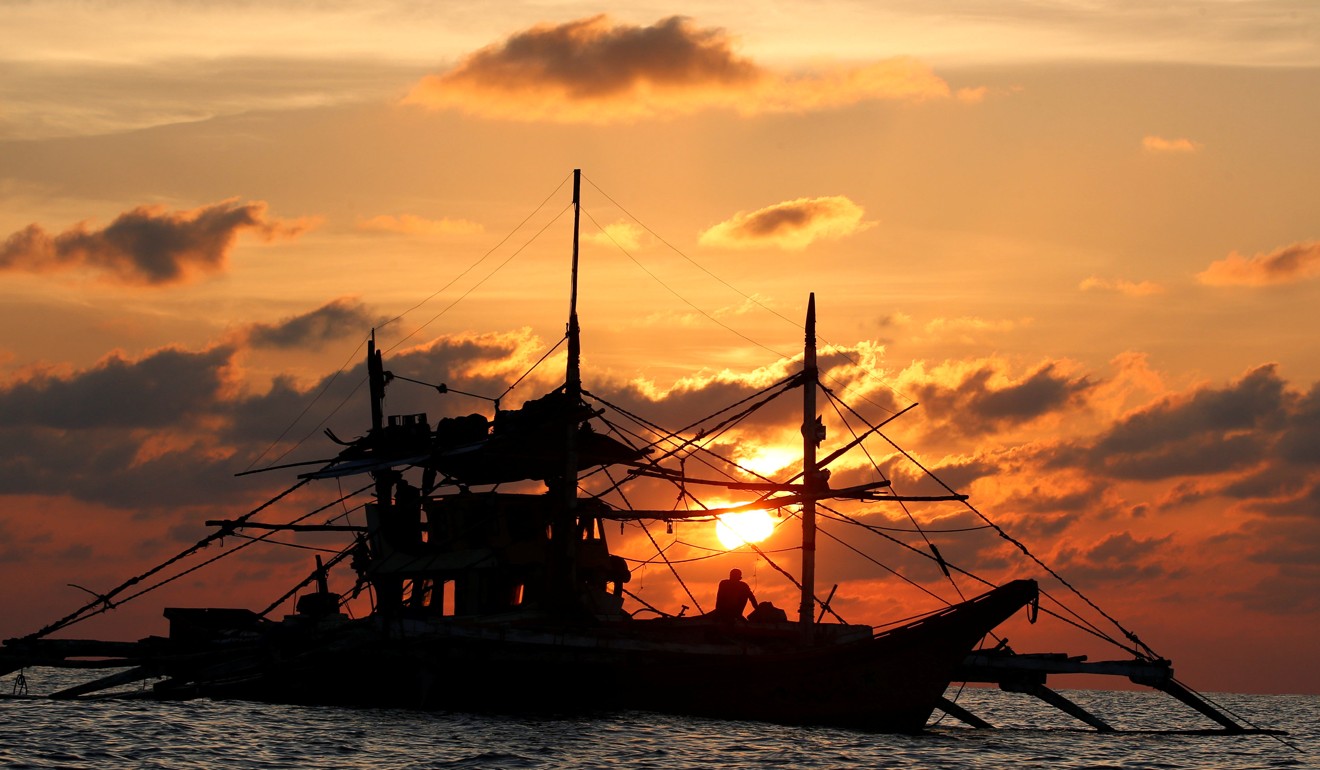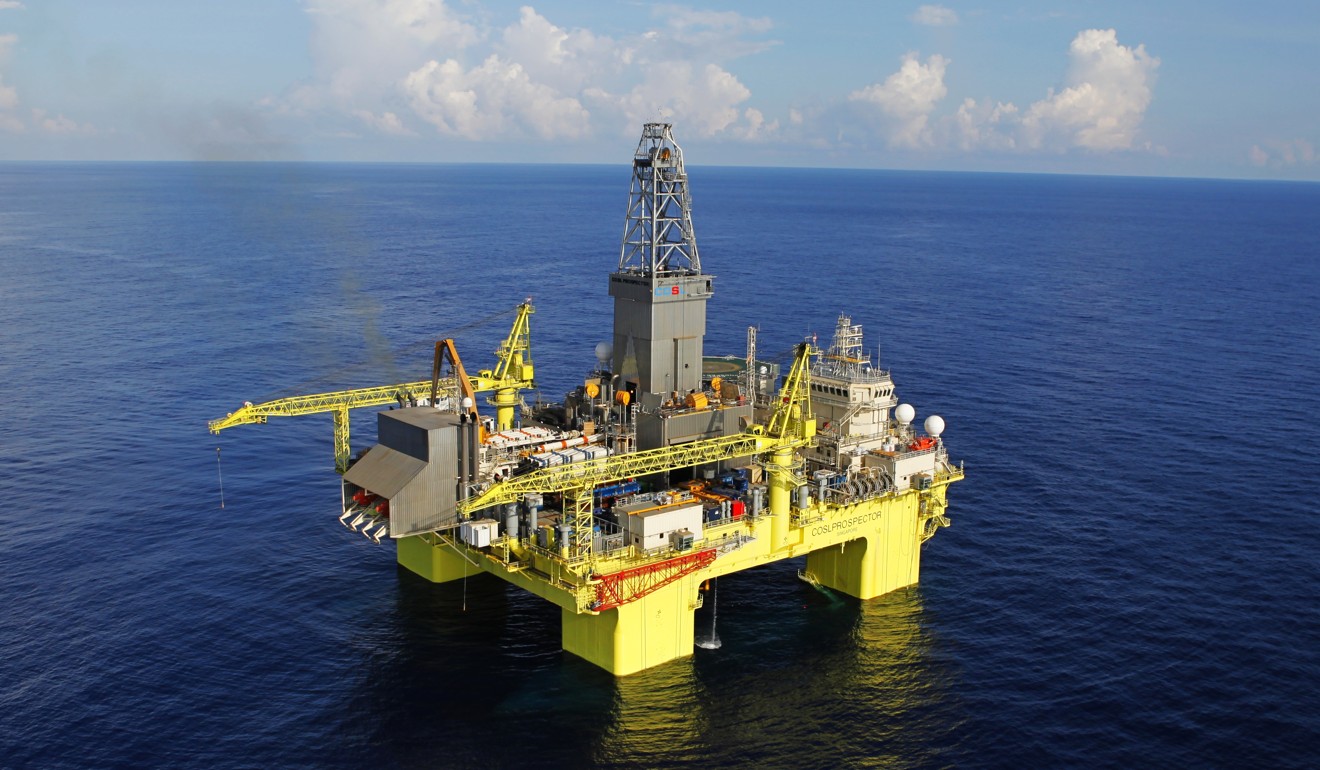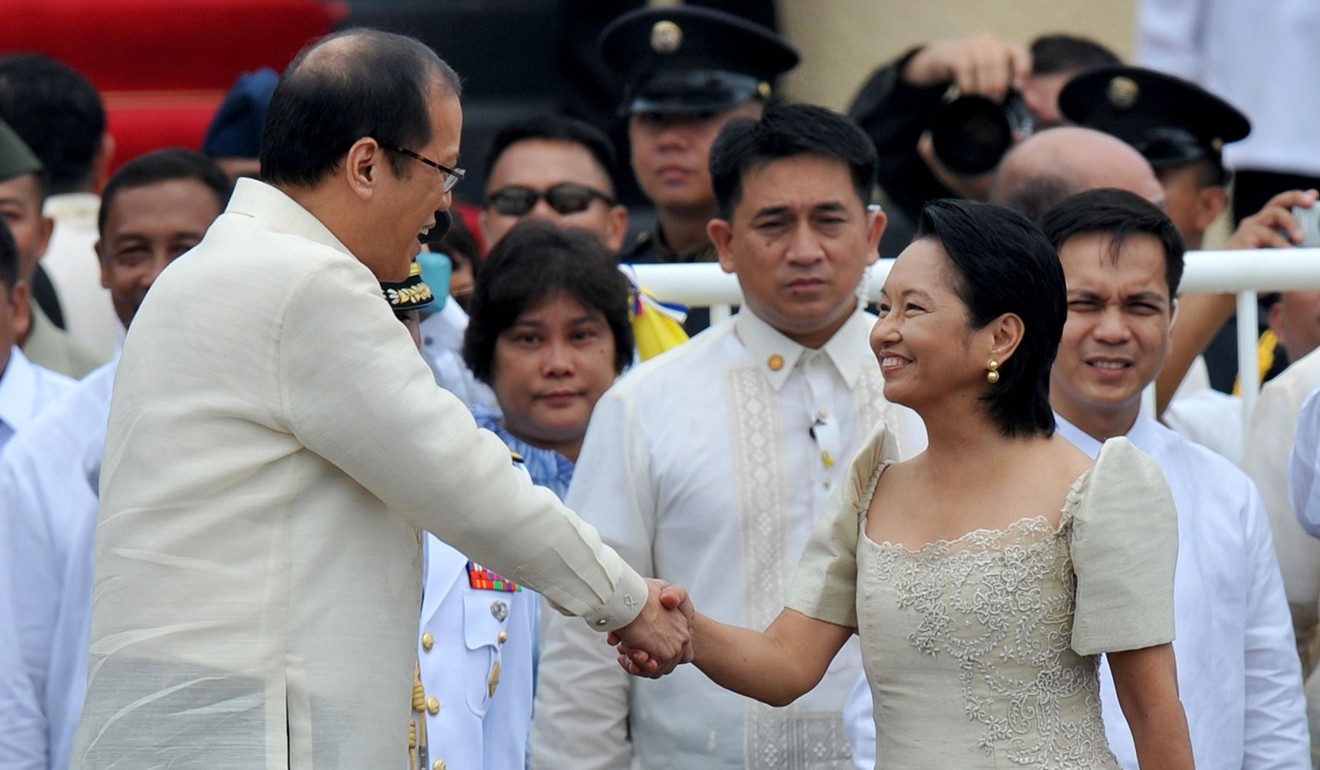
Sharing resources could calm seas for China and Philippines
Richard Heydarian says China’s and the Philippines’ weighing of resource sharing marks an upward turn for two nations once awash in acrimony

Amid rapidly improving bilateral ties, Philippine President Rodrigo Duterte has welcomed joint development agreements (JDAs) with China in the South China Sea.
For the Filipino president, who is intent on improving strategic relations with Beijing, this is the best available modus vivendi to manage and eventually resolve territorial disputes among claimant states.
While in theory a JDA could break the impasse in the South China Sea, there will be significant political and legal hurdles along the way. Yet, peaceful dialogue over resource sharing in disputed areas could in itself contribute to improving diplomatic relations among competing neighbours.

For weeks, Duterte has repeatedly advocated the exploration and development of hydrocarbon and fisheries resources in the South China Sea. During his state-of-the-nation address in late July, Duterte praised Beijing as a friendly and generous neighbour which could serve as a partner for national development. Throughout his tenure in office, he has repeatedly downplayed territorial tensions by emphasising the value of restoring robust investment and trade relations with China.
The Filipino president has extended the same “pragmatic” logic to the South China Sea, where he believes the two sides can jointly develop contested resources. With the impending exhaustion of the Malampaya plant, the main source of the Philippines’ indigenous natural gas, Manila is scrambling for alternative sources of energy.
According to independent sources, the Reed Bank, which lies close to the disputed Spratly chain of islands, is an ideal source of hydrocarbon resources. But the Philippines has failed to explore and exploit potentially huge reserves of oil and gas in the area due to maritime tensions with China, which has repeatedly deployed vessels to the vicinity of the Reed Bank in recent years.
Amid improving ties with China, however, the Philippines is expected to move ahead with energy exploration activities in the area before the end of the year. This time, however, China could end up as an actual partner, rather than a challenger. As Duterte explained in a press conference: “When they [China] start to excavate the gas and oil [in the South China Sea], I tell you it’s going to be just like a joint venture ... it will be fair.”

The idea of sharing resources in overlapping areas of claim could, at least theoretically, break the deadlock in the disputed waters. For Duterte, it is the only way to end the zero-sum impasse in the South China Sea, which has poisoned relations among neighbouring states for far too long.
In fact, resource-sharing agreements are enshrined in international law. According to one authoritative definition, they pertain to an “agreement between two states to develop so as to share jointly in agreed proportions by interstate cooperation and national measures the offshore oil and gas in a designated zone of the seabed and subsoil of the continental shelf to which both or either of the participating states are entitled in international law.”
The very fact that the two neighbours are beginning to seriously consider a resource-sharing arrangement underlines how China and the Philippines have left years of bitter acrimony behind in favour of a cooperative future.
It also echoes the dictum of China’s legendary leader Deng Xiaoping, who once famously advocated a “middle-of-the-road” arrangement, whereby “sovereignty remains ours [China’s]; shelve disputes; pursue joint development.” In fact, Deng’s formula inspired his two immediate successors, Jiang Zemin and Hu Jintao, who managed to resolve 17 out of 23 border disputes by abandoning maximalist positions in favour of mutually acceptable arrangements with continental and maritime neighbours.
President Xi Jinping could adopt a similar formula to deal with disputes in the South China Sea. There are, however, a number of obstacles along the way. First and foremost, both sides have to contend with the disappointing precedence of the 2005 Joint Maritime Seismic Undertaking (JMSU) among China, Vietnam and the Philippines.
The agreement, spearheaded by the Gloria Arroyo administration (2001-2010), faced a major political backlash at home, with political opponents accusing Arroyo of treason and undermining the Philippines’ territorial integrity. In response, the Philippines refused to renew the agreement once it expired in 2008.
Similar to the JMSU, any joint exploration and development agreement with China could be challenged in the Supreme Court for potentially violating the Philippines’ constitution, which states, “the exploration, development and utilisation of natural resources shall be under the full control and supervision of the [Philippine] state.”

Any joint venture, the constitution mandates, should be led by a consortium that is majority-owned (60 per cent) by a Filipino citizen or citizens. Crucially, the foreign contracting party should unequivocally recognise the Philippines’ sovereignty over areas under development. It is not clear how China would ever agree to such an arrangement.
This means Duterte will have to risk constitutional challenge, creatively re-interpret the constitution, or leverage his super-majority in the legislature to amend the constitution altogether.
Moreover, he will have to ignore specific provisions of the landmark arbitration award at The Hague, where an arbitral tribunal ruled that China and the Philippines have – with the exception of the Scarborough Shoal – no overlapping Exclusive Economic Zones in the South China Sea as a lawful basis for joint development.
Yet, the very fact that the two neighbours are beginning to seriously consider a resource-sharing arrangement underlines how China and the Philippines have left years of bitter acrimony behind in favour of a cooperative future.
Richard Heydarian is a Manila-based academic and author